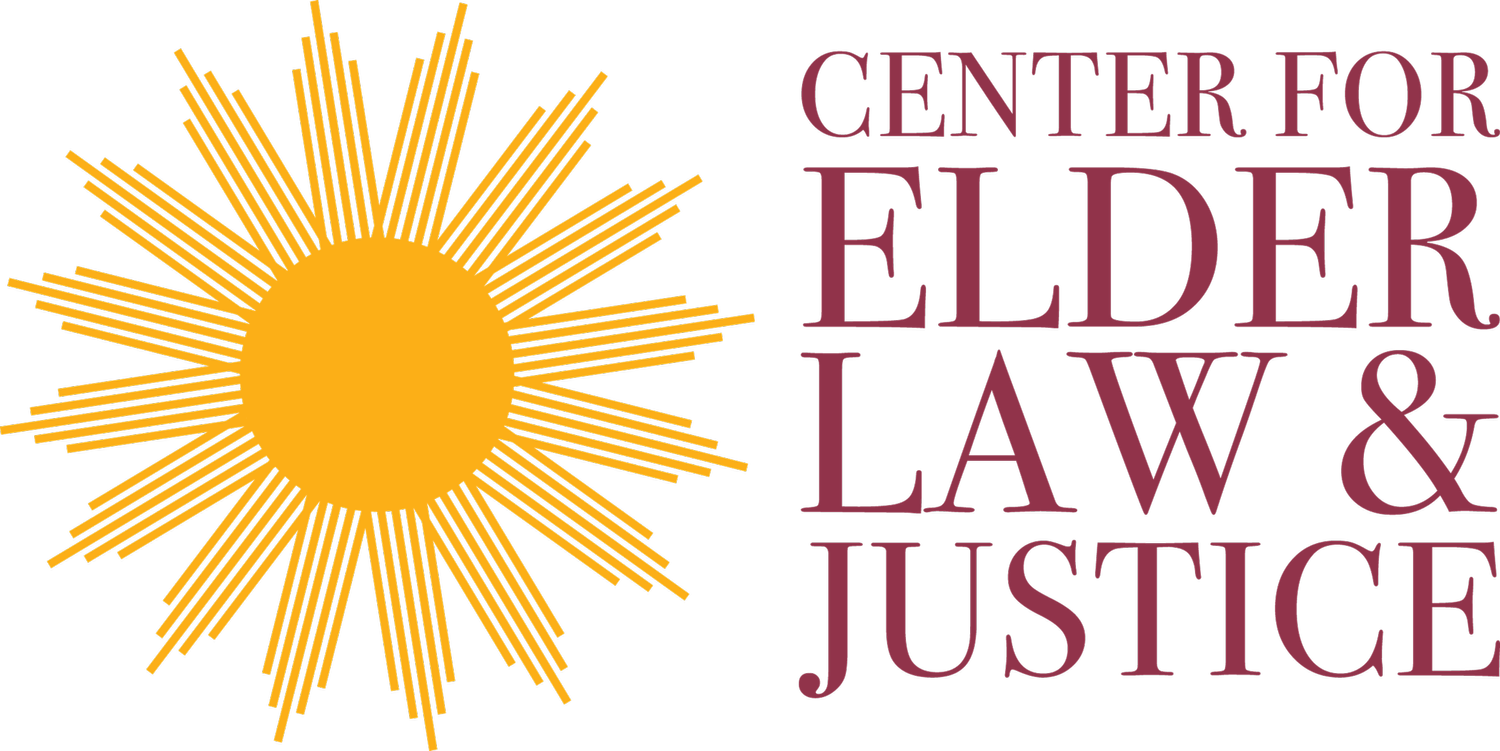Proposed Federal Cuts to Medicaid Harm Everyone
On May 22, 2025, the U.S. House of Representatives passed the “One Big Beautiful Bill Act” (OBBBA). Currently with the U.S. Senate, the OBBBA, according to the Congressional Budget Office, would cause 16 million people to lose their insurance coverage: 10.9 million people would lose coverage directly because of OBBBA, and 5.1 million people would lose coverage due to inability to afford marketplace plans.
Cuts to Medicaid directly impact everyone. While this blog is specific to older adults who have Medicare and/or Medicaid for their health insurance, Medicaid is an essential lifeline for all populations and communities to lead healthy lives.
Medicaid Coverage: Overview
Medicaid is a joint federal and state program that covers medical costs for millions of Americans, including people with disabilities, older adults, pregnant people, families and children, and low-income adults.
Medicaid covers a wide range of healthcare services, including doctor visits, hospital stays, services provided in mental health facilities, laboratory and x-ray services, and long-term care services in the communities and nursing facilities.
Medicaid is a lifeline for older adults and disabled people as it is the main payer for long-term care, which Medicare and private insurance, largely do not cover. As discussed below, Medicaid helps pay deductibles, premiums, and cost sharing for some Medicare beneficiaries, through the Medicare Savings Program and Extra Help, which are both Medicaid programs.
Medicare Coverage: Overview
Medicare is a federal health insurance program for people 65 and older. People younger than 65 with permanent kidney failure, certain disabilities, or ALS may also be eligible for Medicare. Medicare covers the cost of health care, but it does not cover all medical expenses or long-term care.
Medicare Part A (hospital insurance): helps cover inpatient care in hospitals, limited skilled nursing care (not long-term care), hospice care, and some home health care (part-time or intermittent and with a maximum cap of 28 hours per week in most cases).Most beneficiaries do not have to pay a Part A premium, however some do. There is a Part A deductible of $1,676 each time a beneficiary is admitted to a hospital per benefit period.
Medicare Part B (medical insurance): covers medically necessary services from doctors and other health care providers, home health services, durable medical equipment, outpatient care, preventative care and some other medical services. There is a minimum monthly premium of $185 per month and a coinsurance of 20% for services covered by Part B.
Medicare Part C: also known as Medicare Advantage, combines Parts A and B and can have additional benefits such as vision, hearing, and dental coverage in one comprehensive plan. Many Medicare Advantage Plans also include prescription drug coverage.
Medicare Part D helps cover the cost of prescription drugs. Part D benefits can be built into a Medicare Advantage Plan or stand alone. Monthly premiums vary based on the Part D plan.
For more information on Medicare costs, please visit Medicare.gov.
How does Medicaid Interact with Medicare?
Medicaid covers medical costs normally not covered by Medicare, like long-term care services, Medicare premiums, prescription drugs, and nursing home care. If you qualify for coverage for both Medicaid and Medicare, you are deemed “dually eligible”. Medicare acts as the primary payer while Medicaid provides supplemental coverage.
There are two Medicaid programs that help make Medicare affordable for many Medicare beneficiaries:
Medicare Savings Program (MSP): helps limited-income persons afford their Medicare coverage and can help pay for Medicare premiums, deductibles, coinsurance and copayments. In New York, MSPs can help save a Medicare beneficiary over $8,400 a year.
Part D Low Income Subsidy (aka “Extra Help”): helps persons with limited income and resources afford their medication and coverage, saving an average of $6,200 a year.
Act Now: Voice Your Concerns Against Cuts to Medicaid
As you can see, there are significant gaps in coverage for individuals if they only have Medicare coverage, which is why many older adults rely upon Medicaid to fill in those gaps.
The proposed Medicaid provisions and cuts will cause millions of people to lose health care coverage, access to caregivers, and add barriers for enrollment and continued enrollment in Medicaid. Over 7 million older adults with low incomes rely on Medicaid to receive, and afford, their health care. The OBBBA will directly impose higher costs on older adults and will cause rampant harm such as lack of health care, increased institutionalization in nursing homes, harm and death.
Here’s what you can do to oppose the Cuts in the One Big Beautiful Bill Act:
Contact your Congressional Representatives and Voice “No Cuts to Medicaid”
Share your story about why Medicaid matters to you and your loved ones through Medicaid Matters New York. Why Does Medicaid Matter to You? and Medicaid Matters New York
Raise Awareness:
Educate others about the negative impact of the bill by having conversations with friends, family, and neighbors.
Use social media to voice your concerns and encourage others to learn more about the proposed cuts.
Additional Information and Specifics:
For more detailed information about the harms of the One Big Beautiful Bill Act, please see:
